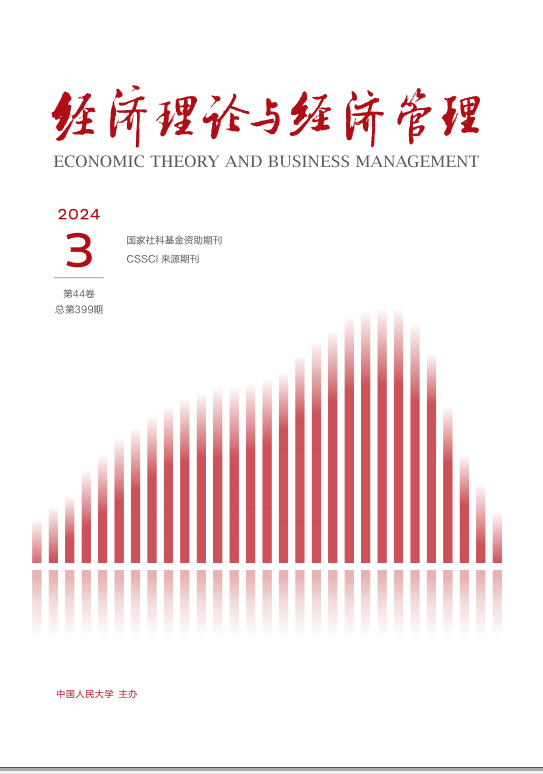CHINAS MACRO ECONOMY IN 2014—2015 ——Stepping into the Critical Stage of the New Normal
RUC Research Group of Macroeconomic Analysis and Forecast
School of Economics, Renmin University of China
2015, 35(3):
5-33.
 Asbtract
(
)
Asbtract
(
)
 PDF (4459KB)
(
)
Related Articles |
Metrics
PDF (4459KB)
(
)
Related Articles |
Metrics
The year 2014 is the year of “great reform” and “great adjustment” for China, and the year of continuing development along the trajectory of the new normal as well On the one hand, due to the interplay of soft foreign demand, shrinking domestic demand, cyclical adjustment of real estate, and deep economywide distortions, the growth rate of GDP is continually slowing down On the other hand, economic structure has incurred significant changes in the mix of consumption upgrading, reversed imbalanceand policy adjustment The benevolent adjustment of structural parameters, gradually falling price index, and stable employment conditions are shedding light on the sluggish economy
The year of 2015 is a year of Chinas fullfledged development of “great reform” and “great adjustment” Following the same logic of Chinas economic development in 2014, the year of 2015 will continue to witness the four classical characteristics of the new normal However, with comprehensive improvement in reform indepth, enlarging cyclical adjustment of real estate, sustainable downturn of economic growth, and further deterioration of fiscal dilemma, Chinas macro economy in 2015 will face six major challenges and changing points, which implies that the bottomline management must be strengthened along with the wideranging implementation of Chinas macroeconomic reform and adjustment
Through model parameterization under the circumstance of the new normal, this report used the CMAFM model developed by Renmin University of China to predict several main macroeconomic indicators in 2015 The predicted growth rate of GDP is72%, CPI 27%, investment 123%, consumption 118%, and exports 56%.





